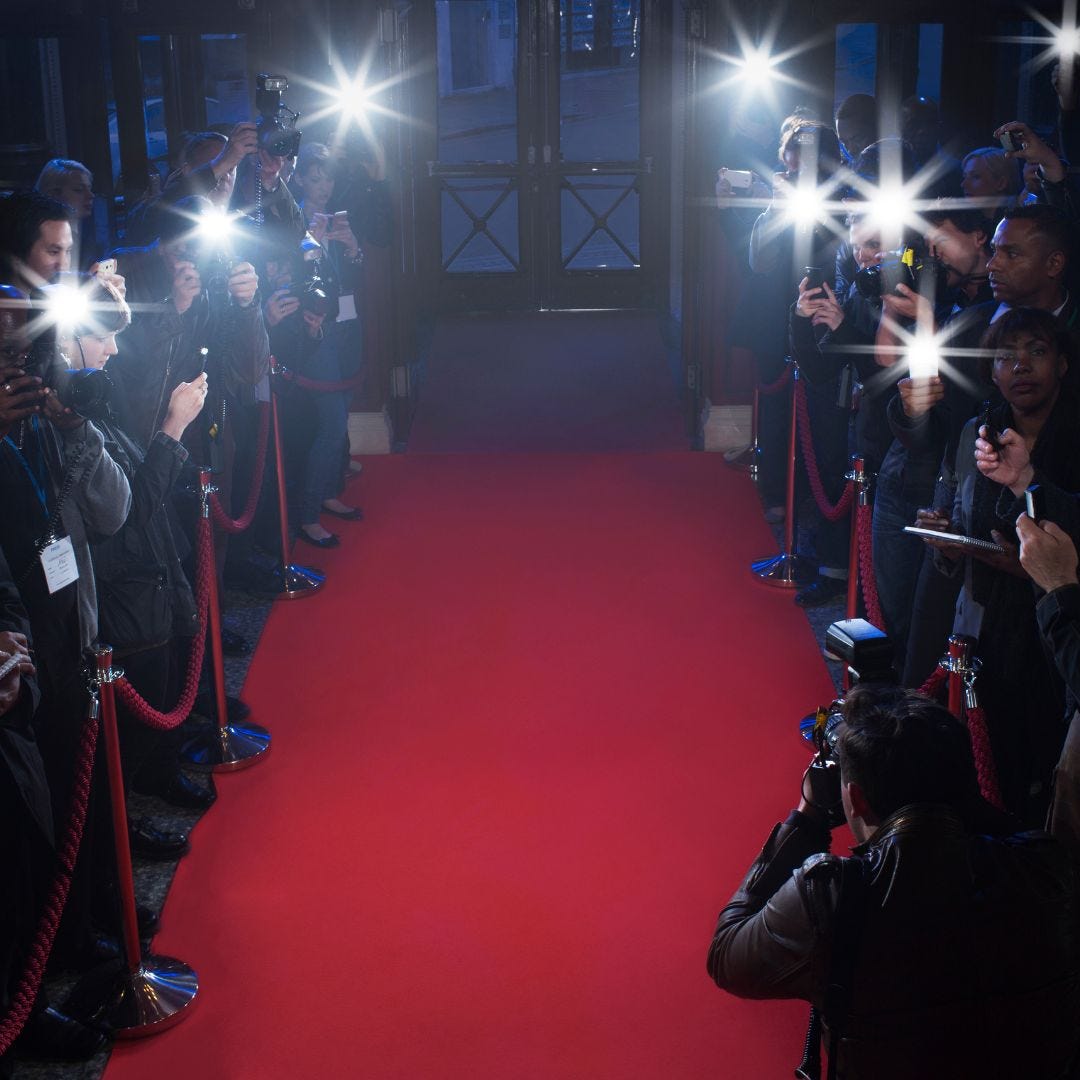Icons to Entrepreneurs: The Long Arc of Celebrity Influence
From Marilyn Monroe to George Foreman, how celebrity became a marketing force.
Fame sells. It always has.
Long before “founder” became a social media job title, celebrities were shaping what we consumed — from lipstick shades to fitness fads, from fragrances to footwear.
In Part 1 of this series, Celebrity Brands Are Everywhere. But Do They Still Have Pull?", we explored the surge of celebrity-founded brands and what’s driving their rise in today’s market. But this isn’t a new phenomenon. The idea of celebrities influencing what we buy has been evolving for decades.
While today’s headlines might focus on billion-dollar tequila exits and beauty brands, celebrity influence isn’t new. The connection between fame and commerce has existed for decades.
This post isn’t about whether celebrity brands are “authentic.” That’s subjective. It’s about how fame, visibility, and cultural capital have long translated into sales, and how that influence evolved over time, from admiration to aspiration to ownership.
Style, Stardom, and Selling Power

In a now-famous 1952 interview, Marilyn Monroe said she wore "five drops of Chanel No. 5" to bed and nothing else. “I don't want to say nude,” she added, “but it's the truth.” (Source: Refinery29)
Celebrities have been selling products since the early days of Hollywood. Monroe defined bombshell beauty years before she was photographed holding a bottle of Chanel No. 5. Although she was never an official spokesperson during her lifetime, Chanel eventually leaned into her legacy with a dedicated campaign. Decades after her death, she remains one of the most iconic fragrance ambassadors and an early and enduring example of celebrity allure fueling brand mystique.
Audrey Hepburn turned a little black dress into a fashion staple. Jane Fonda inspired a full-blown fitness movement with her workout tapes, helping to shape an entire consumer category that brought health and beauty into American living rooms.
And then there’s Elizabeth Taylor, who deserves more than a passing mention.
Mini Case Study: Elizabeth Taylor’s White Diamonds
“These have always brought me luck.” That single line, spoken by Elizabeth Taylor as she removed her diamond earrings and placed them on a table in the now-iconic White Diamonds ad, still echoes in pop culture. The commercial aired for decades, well into the 2010s.
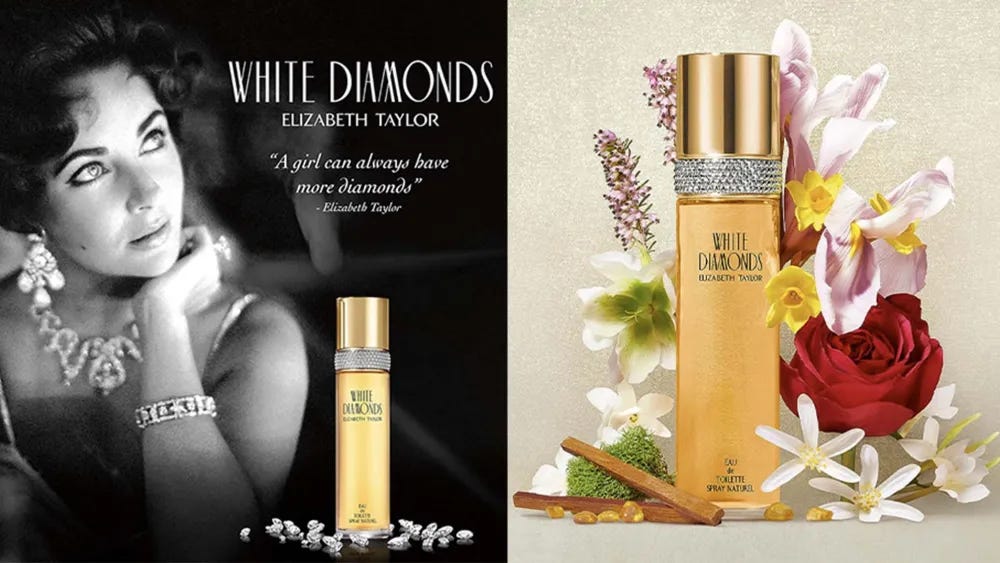
Launched in 1991, White Diamonds wasn’t the first celebrity fragrance (Cher’s Uninhibited debuted in 1987, Sophia Loren’s Sophia in 1981), but it was the first to break through as a global, mass-market success. With notes of Italian neroli, Egyptian tuberose, narcissus, and Turkish rose, the scent married classic luxury with Hollywood glamour.
According to Revlon, White Diamonds generated over $1.5 billion in revenue over its first 25 years, and at one point, a bottle sold every 15 seconds worldwide. It was named Fragrance of the Year by the Fragrance Foundation in 1992 and inducted into its Hall of Fame in 2009. (Source: MIC)
Taylor passed away in 2011, yet White Diamonds remains on shelves today. Her success showed that a celebrity name, when backed by a strong product and story, could sustain real commercial power and stand the test of time.
Mini Case Study: The Oprah Effect — From Journalist to Industry
It’s impossible to talk about the evolution of celebrity influence without acknowledging Oprah Winfrey, a singular figure who transformed personal credibility into commercial power.
Oprah began her career as a local news anchor in Nashville and later Baltimore, before launching The Oprah Winfrey Show in 1986. Over 25 years, she became one of the most trusted voices in media.

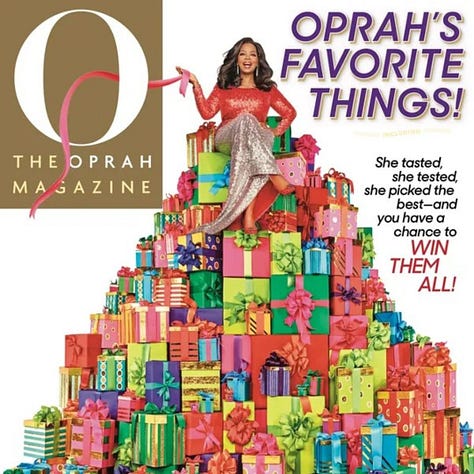
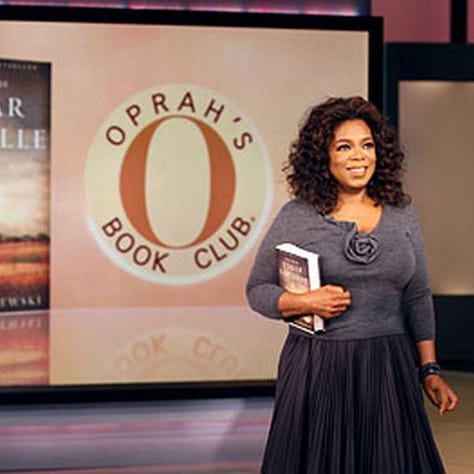
Her empire includes (or has included) Harpo Productions, OWN Network, O The Oprah Magazine, and Oprah’s Book Club. Each piece extended her reach and turned her platform into a launchpad for products, people, and ideas.
Her impact was so significant, it earned its own phrase: The Oprah Effect.
Oprah’s “Favorite Things” episodes caused products to sell out almost instantly.
Oprah’s Book Club moved millions of books. One BYU study found her picks boosted sales by up to 700 percent.
(Source: BYU News)She helped launch careers for Dr. Phil, Dr. Oz, and others.
In 1996, a single comment about beef on her show triggered a lawsuit from the Texas cattle industry. Although she ultimately won the legal battle, the case underscored the real economic power of her words.
Oprah's brand is built on trust, consistency, and the ability to move markets. While her ownership stake in media and retail ventures makes her an outlier, her story demonstrates just how far a celebrity’s influence can reach and how deeply it can shape consumer behavior.
Licensing, Fitness, and the Celebrity Retail Boom
By the 1980s and 1990s, celebrity influence had moved far beyond the silver screen and into everyday consumer life. This era marked the rise of celebrity licensing deals — a commercial model that enabled famous faces to scale without needing to own a factory or build an internal supply chain.
Celebrities weren’t just featured in ads. They were on packaging, product shelves, and infomercials — shaping buying behavior across beauty, fitness, home goods, and sports.
Suzanne Somers became synonymous with the ThighMaster, selling more than 10 million units and reportedly earning over $300 million from the product. (Source: Yahoo!)
Jane Fonda sold over 17 million workout VHS tapes, making home fitness a viable commercial category. (Source: CNN)
George Foreman earned over $200 million from the George Foreman Grill, with 100+ million units sold. (Source: CEO Today)
Jaclyn Smith brought affordable fashion to the masses with her Kmart collection.
Kathy Ireland scaled a licensing business to over $2.5 billion in annual retail sales. (Source: Fast Company)
Iman launched her own cosmetics company in 1994, long before inclusive beauty was mainstream. A decade later, she partnered with Procter & Gamble to expand the brand’s global reach. (Source: BioSpace)
You could say Iman walked so that Rihanna’s Fenty could run.
Mini Case Study: Rap Music as a Market Mover
You can’t talk about cultural influence without talking about hip-hop.
From sneakers to champagne labels, rappers have played a central role in defining style and status over the past several decades. In 1986, Run-DMC released “My Adidas”, leading to one of the first endorsement deals between a hip-hop group and a major apparel brand. That moment helped redefine what brand partnerships could look like outside of sports. (Source: Complex)
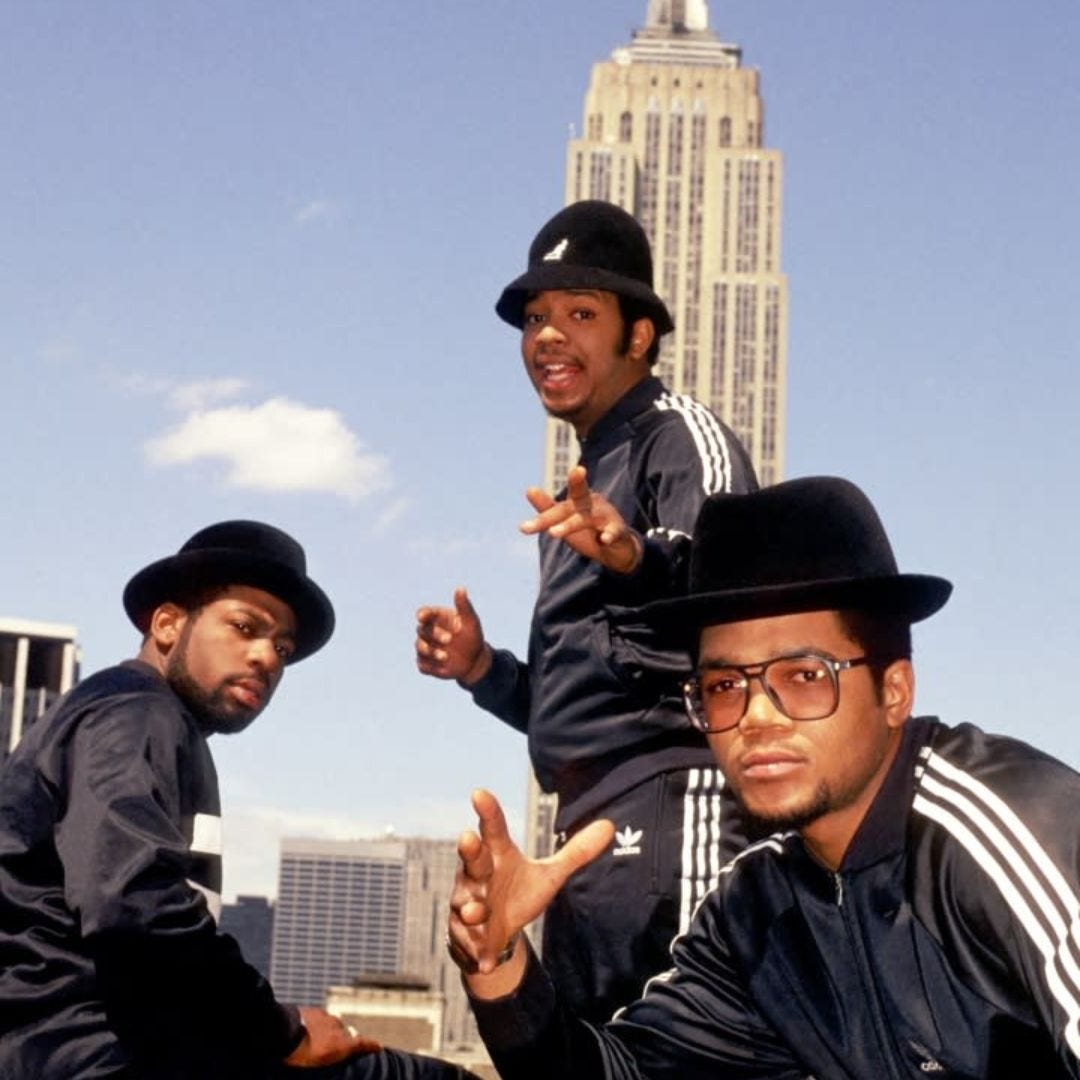
Through the ’90s and early 2000s, artists name-dropped luxury brands like Versace, Timberland, Cristal, and Polo Ralph Lauren — often with zero compensation. These mentions were organic, trend-setting, and incredibly effective in driving cultural cachet.
Eventually, the focus shifted from shoutouts to ownership:
Jay-Z with Rocawear and later Armand de Brignac (Ace of Spades)
Scandal-plagued Diddy with Sean John and Ciroc
Rihanna with Fenty Beauty, widely credited for pushing the beauty industry toward broader inclusivity
It’s safe to say that hip-hop both built and amplified brands. In many cases, it helped rewrite the rules around who gets to participate in brand ownership. (Sources: Forbes, Wrighty Media, ResearchGate)
When the Athlete Became the Influencer
Before the term influencer became ubiquitous, athletes were already shaping consumer behavior. While athlete endorsements existed prior, the 1980s marked a pivotal shift where these partnerships evolved into significant cultural and commercial phenomena.
In 1984, Nike signed a young Michael Jordan to a groundbreaking deal, leading to the launch of the Air Jordan line in 1985. It wasn’t a sneaker. It was a movement.
The Air Jordan I defied NBA uniform policies, resulting in $5,000 fines that Nike willingly paid — turning controversy into marketing gold. (Source: SI.com)

The impact was immediate. In its first year, the Air Jordan line generated over $126 million in revenue. By 2022, Jordan brand was bringing in $5.1 billion for Nike, with Michael Jordan himself earning an estimated $256 million that year.
(Source: Front Office Sports)
This success redefined the athlete endorsement model. Athletes became integral to brand identity and strategy. Campaigns like Bo Knows (Bo Jackson) and Like Mike (Michael Jordan) helped athletes become cultural icons, not just competitors.
Fast forward to today, and the landscape has evolved again with the rise of Name, Image, and Likeness (NIL) rights, which allow college athletes to monetize their personal brands. The NIL market is projected to reach $1.67 billion in 2024–25. Top college athletes like Shedeur Sanders are already signing major deals with Nike, Beats by Dre, and Gatorade. His NIL valuation is estimated at over $6.5 million. (Source: Opendorse)
Today’s athletes have become key players in brand-building and commercial strategy, thanks in large part to a foundation laid by Michael Jordan.
The Celebrity Fragrance Era

By the early 2000s, another category exploded: fragrance. This was the golden age of celebrity perfume licensing and, for a while, it felt like everyone had a scent on the shelves. Backed by splashy campaigns, celebrity fragrances took over department store shelves and frequently outsold designer labels.
Jennifer Lopez launched Glow by JLo in 2002. The fragrance was a runaway hit and helped her build an entire fragrance empire.
Soon, the shelves featured names like Sarah Jessica Parker, Mariah Carey, and Usher.
Britney Spears has launched more than a dozen fragrances since Curious debuted in 2004. The collection remains so valuable that it became the center of a juicy legal dispute last year between Revlon and Give Back Beauty.
(Source: Bloomberg Law)
At their peak, celebrity fragrances were category leaders. Fragrance offered something unique: a way to wear celebrity. It felt personal, desirable, and within reach.
Closing Thoughts: The Blueprint Was Always There
From Marilyn Monroe to Michael Jordan, celebrity has long shaped what we buy and why. What began as red-carpet influence and retail licensing has evolved into a cultural engine that spans beauty, fashion, fitness, fragrance, food, beverages, and more.
We’ve seen how athletes, actors, musicians, and media moguls didn’t just sell products — they built demand, created categories, and shifted entire industries.
But what happens when a celebrity moves beyond the spotlight and into the C-suite?
Up Next: When Celebrity Becomes Company
In the next installment, we’ll explore the modern era of celebrity entrepreneurship and the shift from capsule lines and licensing deals to full-scale companies with billion-dollar valuations.
What separates the launches that last from those that fade? And what does it take for a celebrity brand to be taken seriously today?
Later in the Series: Should Indie Founders Be Worried?
We’ll also explore what all this means for emerging and independent brands. When celebrity-backed products dominate shelf space, headlines, and digital ads, is there still room for founders who aren’t famous?
Enjoying this series?
If this sparked anything for you — a favorite (or cringeworthy) celebrity brand memory, a surprising insight, or a new perspective — I’d love to hear it.
You can comment below or hit LIKE (♡) to let me know this resonated.
And if you're new here, consider subscribing to get the next post delivered directly to your inbox.
Thanks for reading.





